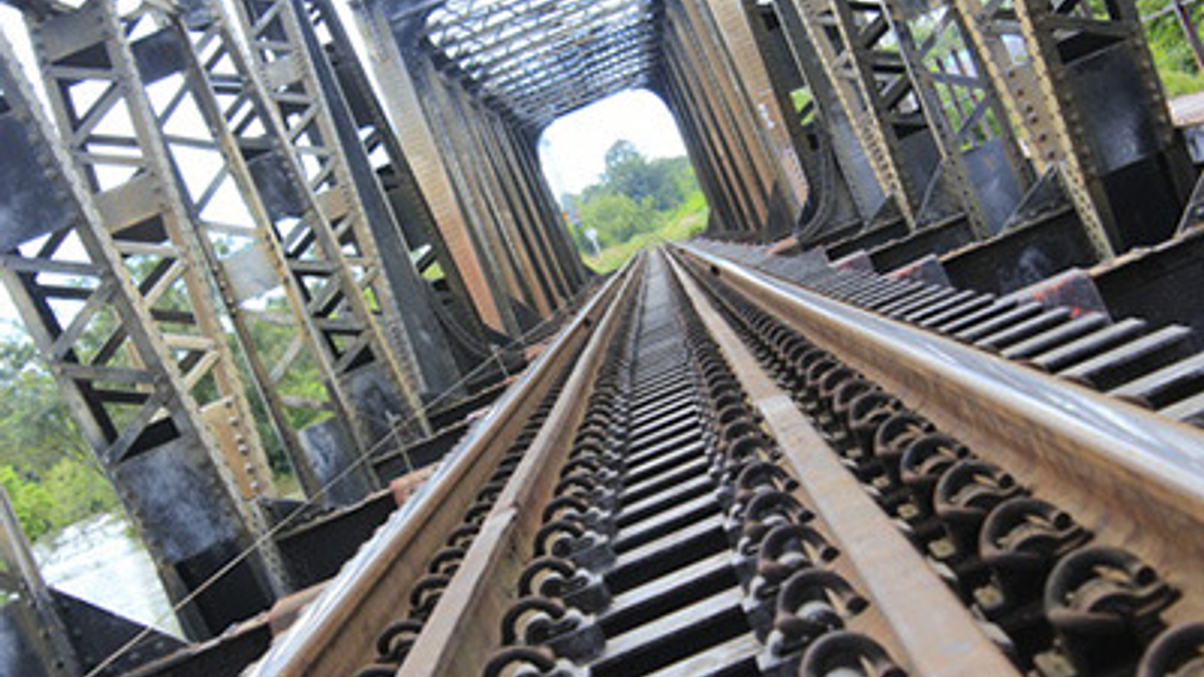How Hyundai Insurance scales its infrastructure portfolio
At AsianInvestor’s inaugural Alternatives Forum, Hyundai Insurance’s infrastructure head explains how it takes both comfort and risks when investing in the asset class.

Infrastructure is becoming an increasingly important part of Hyundai Marine & Fire Insurance’s investment strategy as the outlook for returns becomes more crimped, so it wants to cast a wider net for assets.
Sign In to Your Account
Access Exclusive AsianInvestor Content!
Please sign in to your subscription to unlock full access to our premium AI resources.
Free Registration & 7-Day Trial
Register now to enjoy a 7-day free trial—no registration fees required. Click the link to get started.
Note: This free trial is a one-time offer.
¬ Haymarket Media Limited. All rights reserved.


